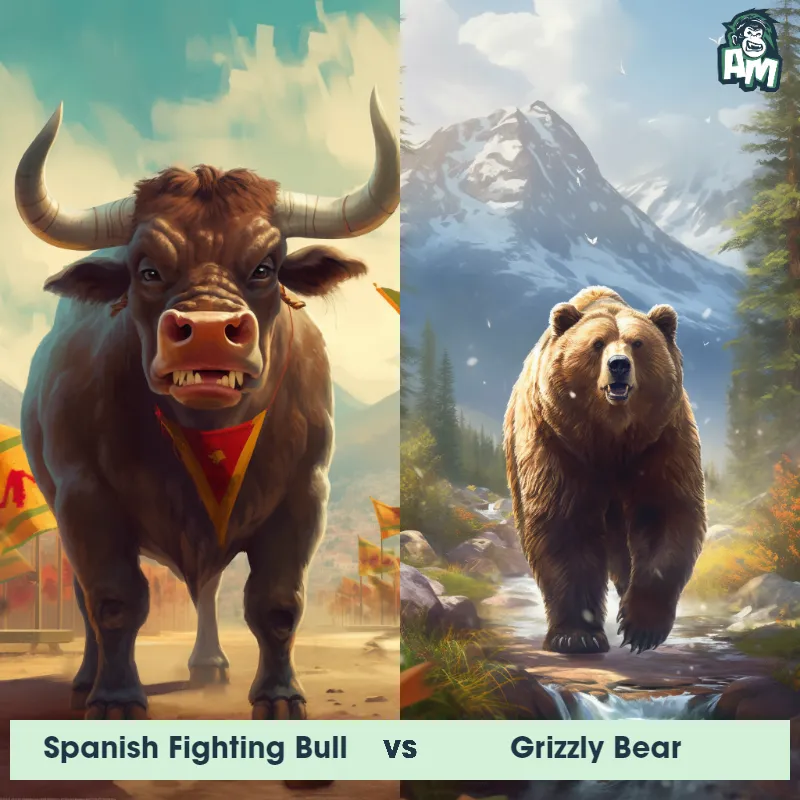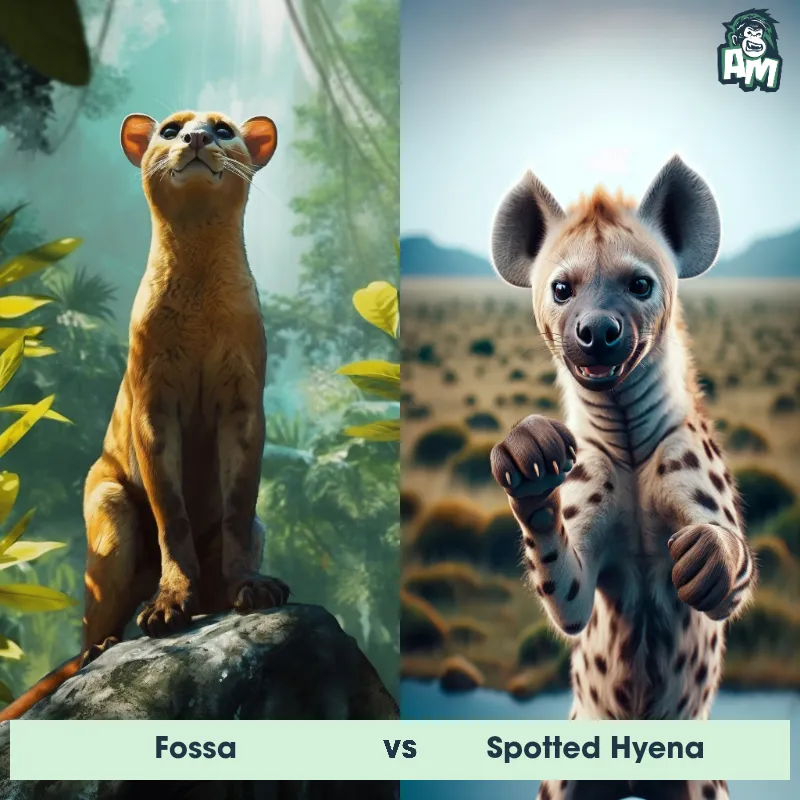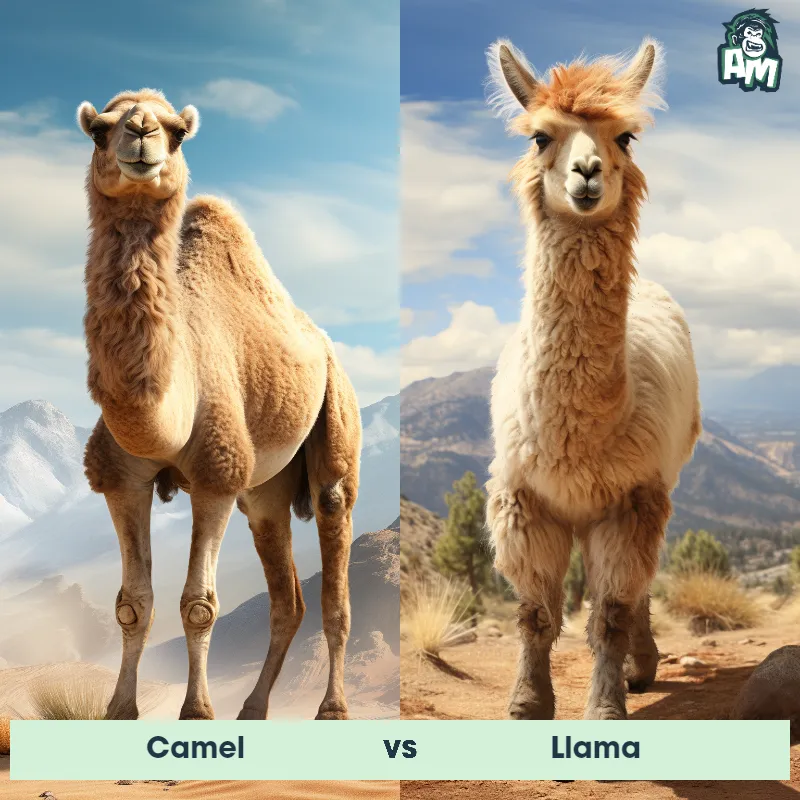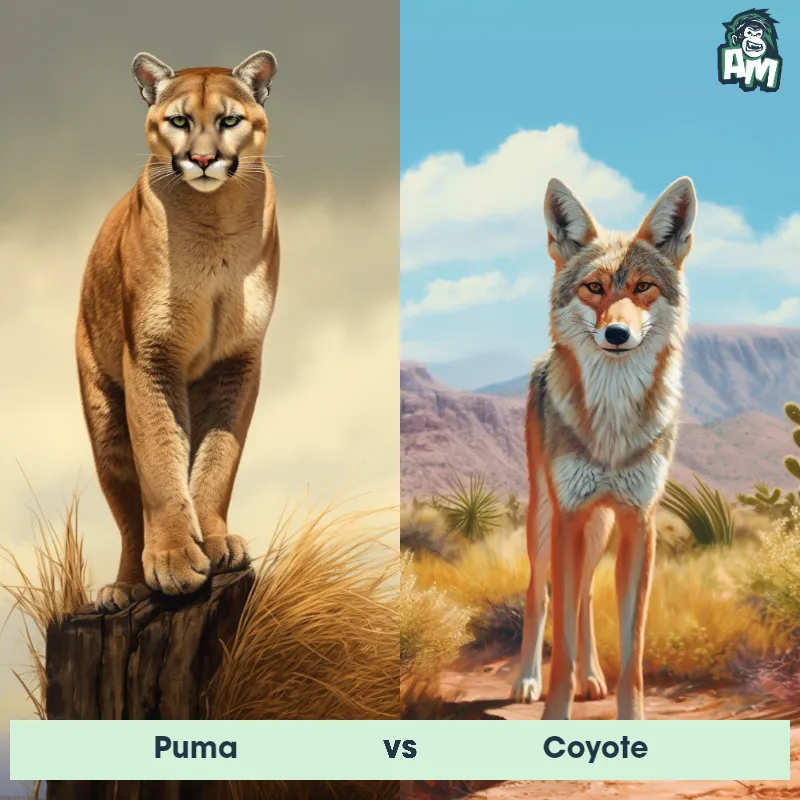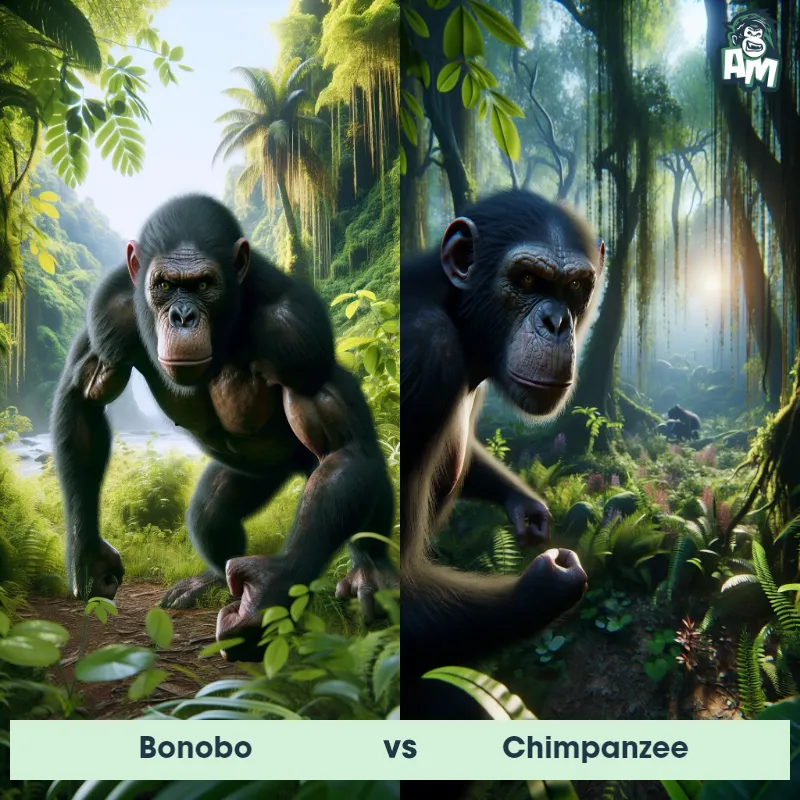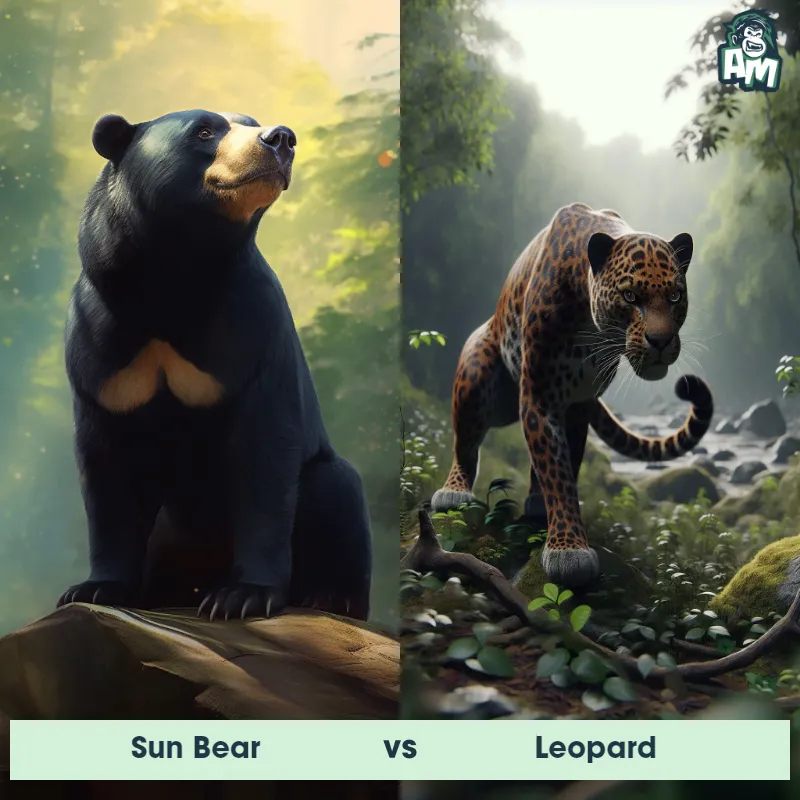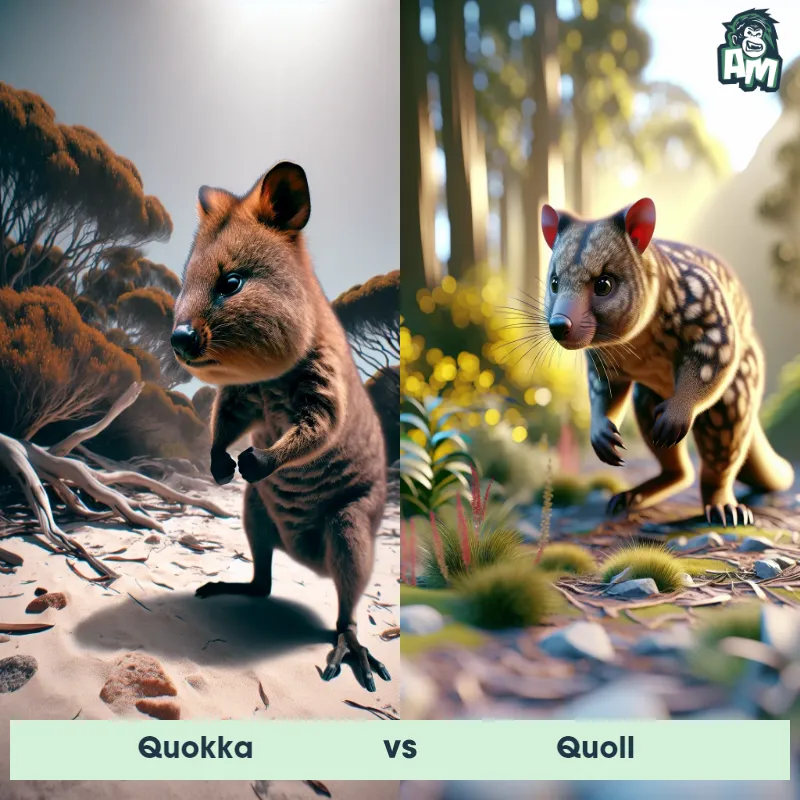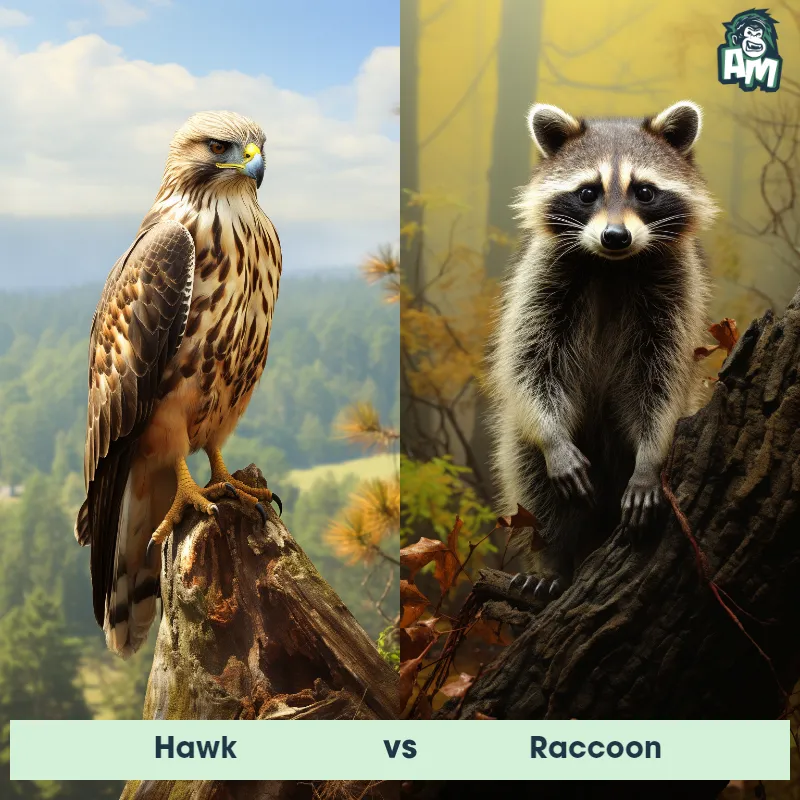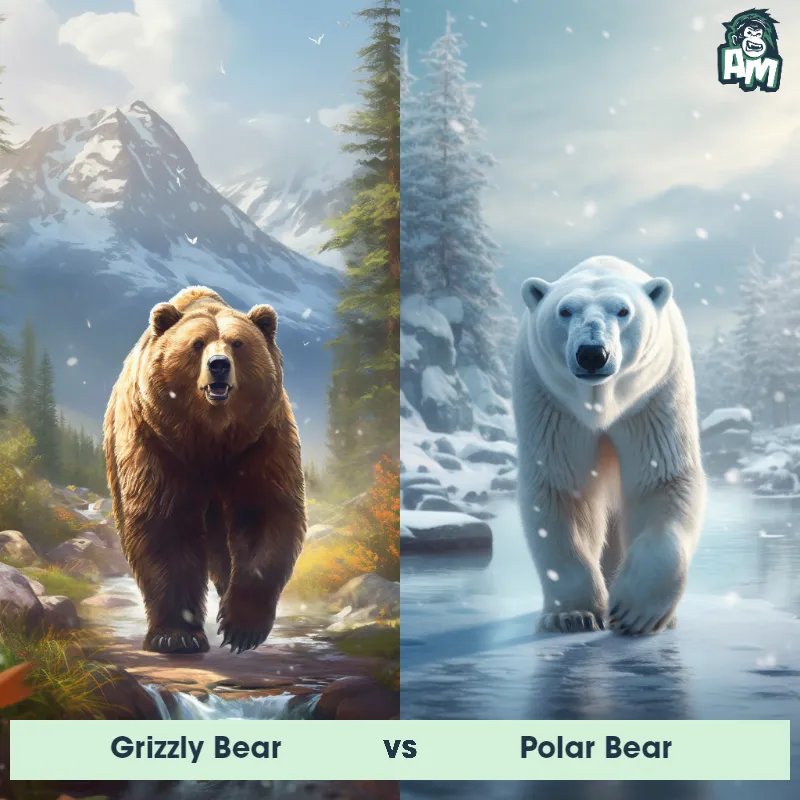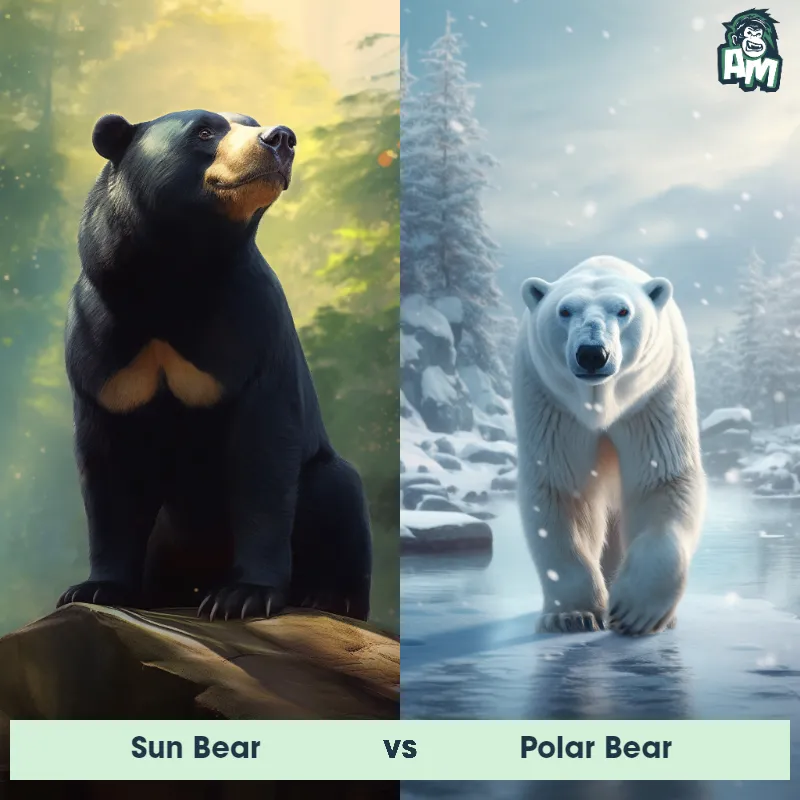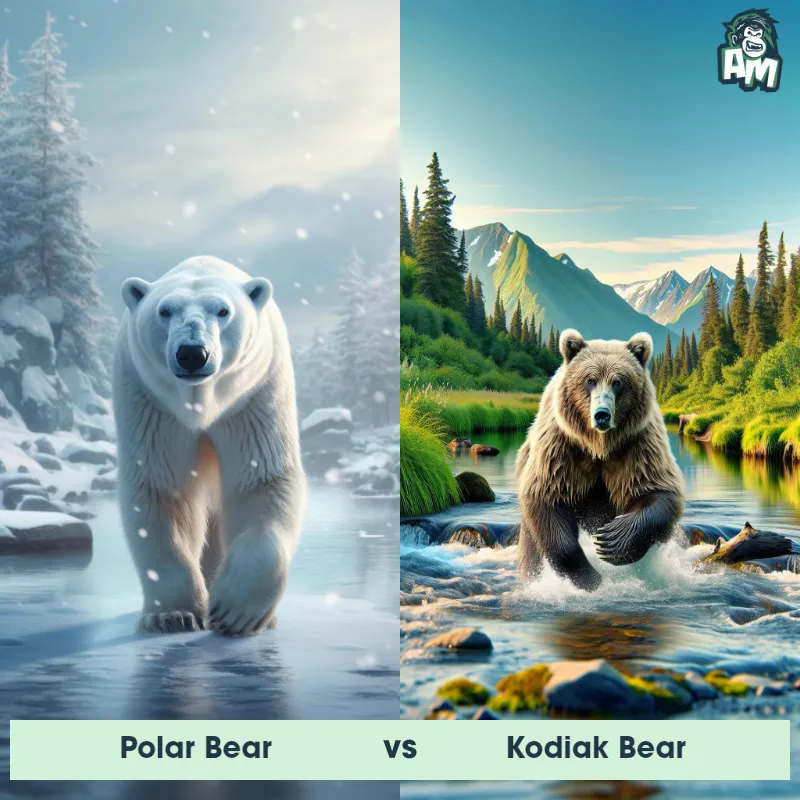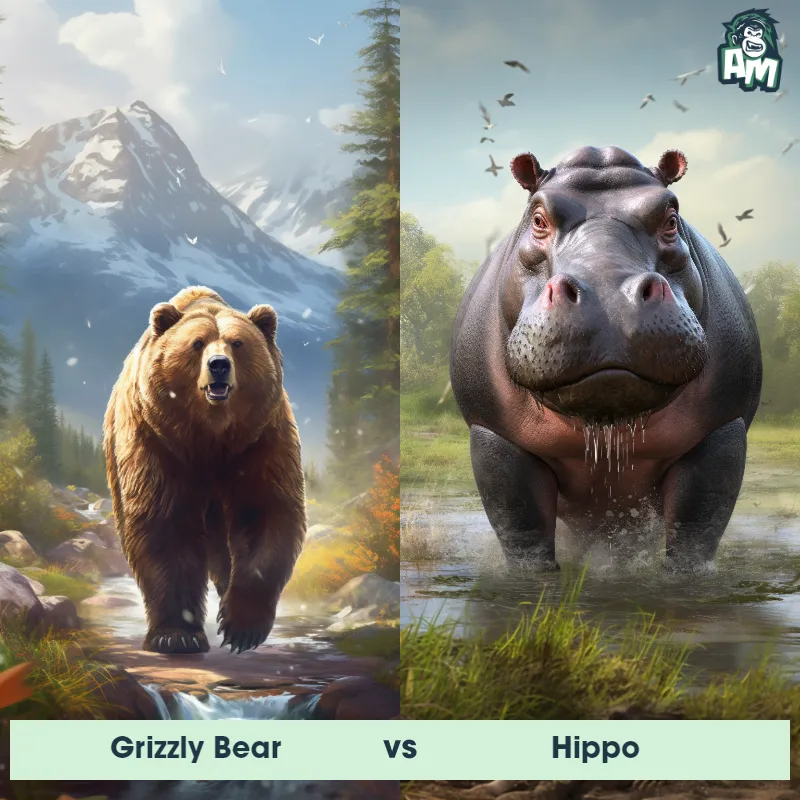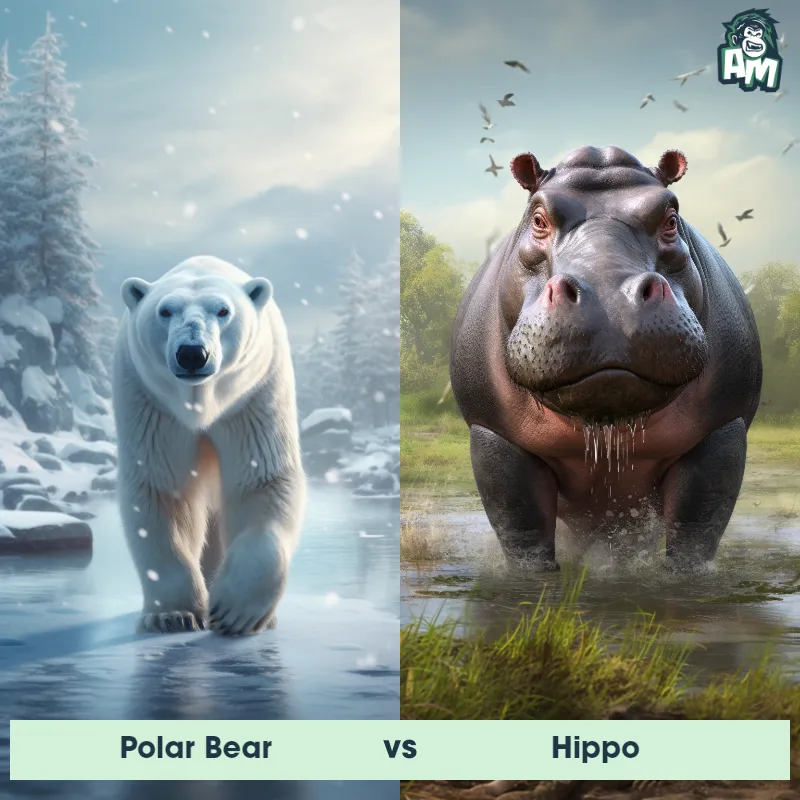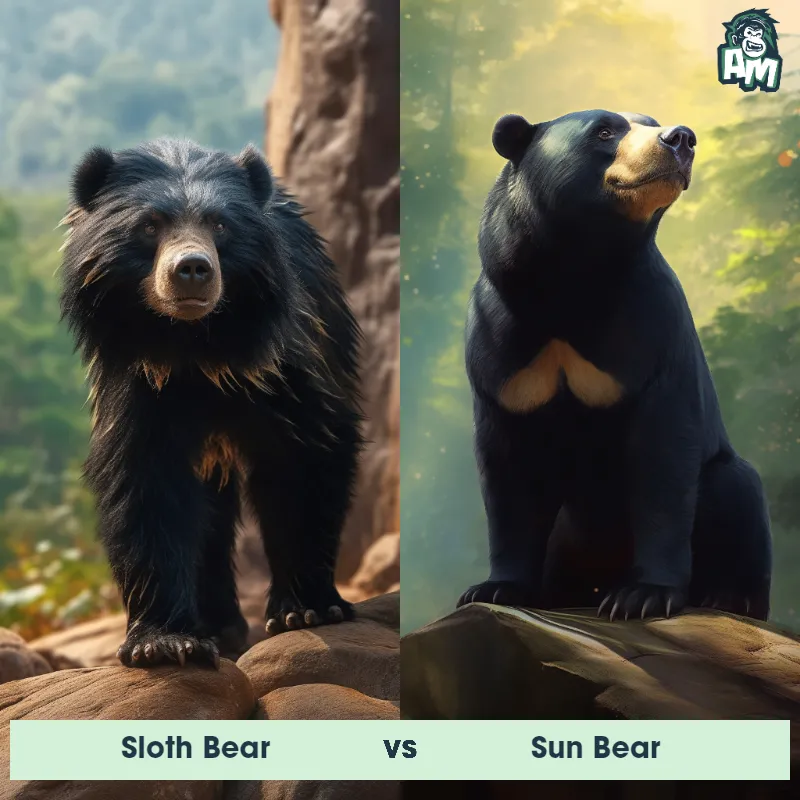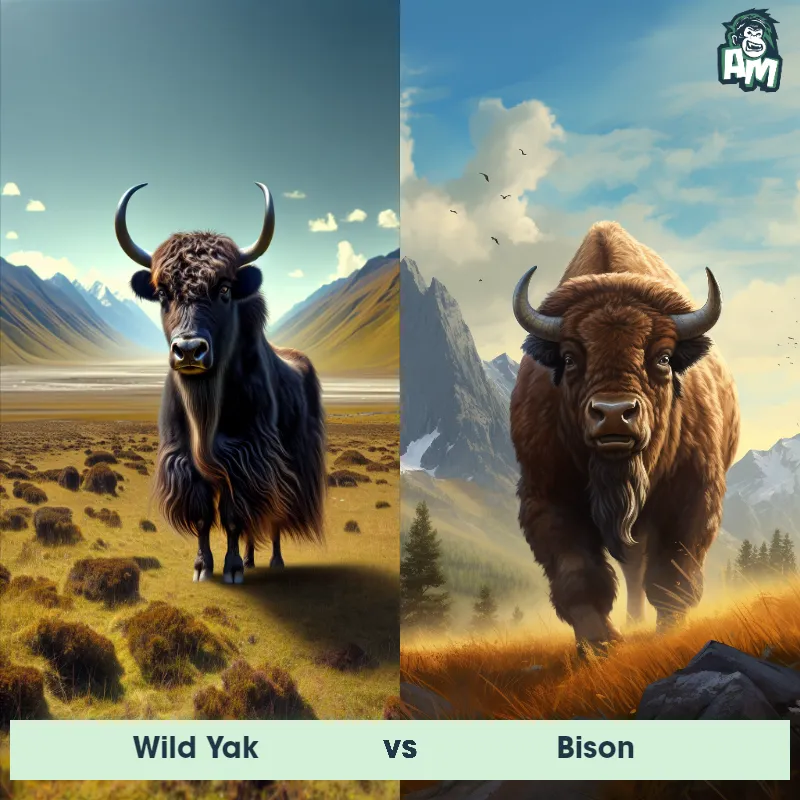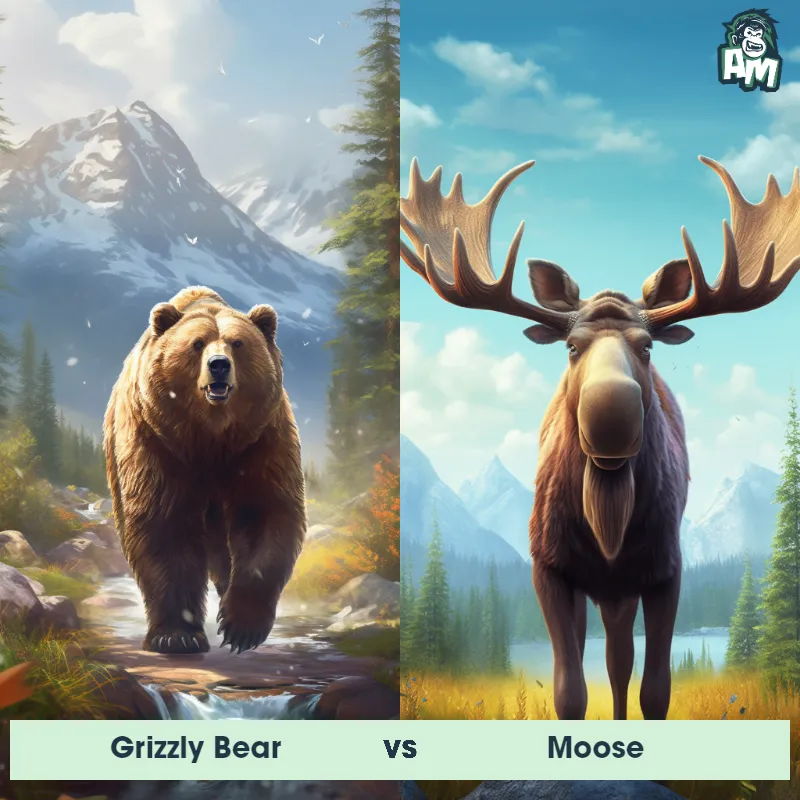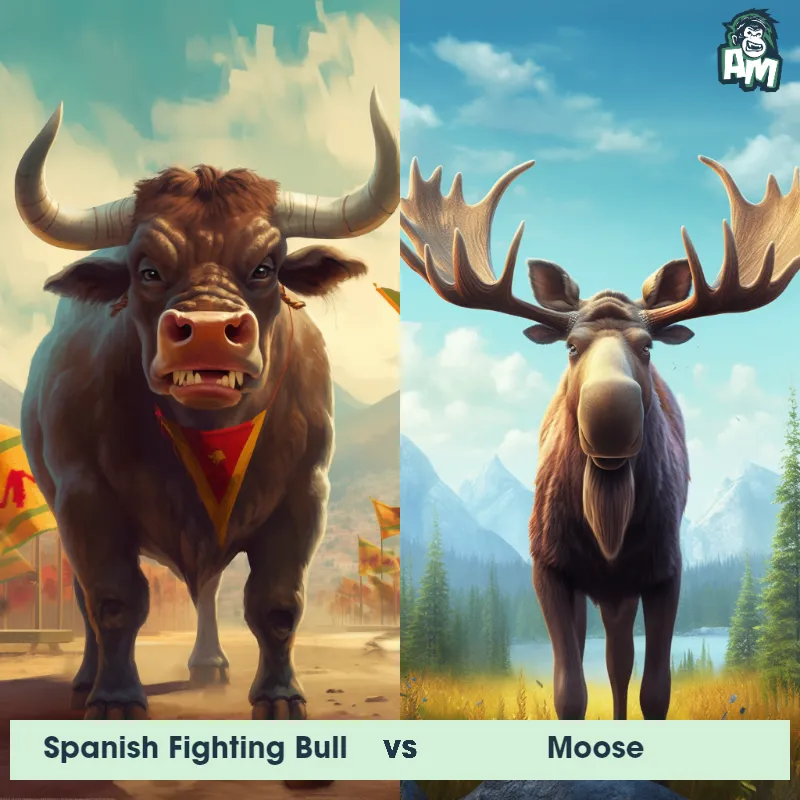Grizzly Bear vs BisonSee Who Wins

Ladies and gentlemen, welcome to this thrilling matchup tonight! We have a clash of titans in store for you as we witness the raw power and might of nature's finest competitors. In the left corner, weighing in at a whopping 1,500 pounds, we have the Grizzly Bear. And in the right corner, weighing in at a solid 2,000 pounds, we have the Bison. It's time to unleash their primal instincts and see who emerges victorious in this three-round fight. Let the battle begin!
Contender 1: Grizzly Bear
The Grizzly Bear, also known as the North American Brown Bear, is a large mammal that can weigh up to 600 pounds and stand up to 8 feet tall on its hind legs. They have distinctive humps on their shoulders, long claws, and a concave facial profile. Grizzly Bears are omnivores and can be found in North America, primarily in Alaska and western Canada.
![[object Object] Gif](https://tenor.com/view/fighting-match-quarrel-brawl-battle-gif-15965644.gif)
Fun Fact: Grizzly Bears have an incredible sense of smell and can detect food from miles away, making them excellent hunters and scavengers.
Contender 2: Bison
The bison, also known as the American buffalo, is a massive, hump-shouldered beast known for its iconic place in the history and folklore of the American West. They are covered in a shaggy, dark brown winter coat, and have a lighter-weight, lighter brown summer coat. With their massive size, adult males can weigh up to 2,000 pounds, and both males and females have short, curved horns, which they use in fighting for status within the herd and for defense.
Fun Fact: Despite their massive size and seemingly lumbering movements, bison are remarkably agile and quick, capable of running up to 35 miles per hour and jumping high fences.
Matchup Stats
| Grizzly Bear | Bison | |
|---|---|---|
| Size | Up to 8 feet tall (2.4 meters) | 5-6.5 feet tall at the shoulder (1.5-2 meters) |
| Weight | Up to 600 pounds (272 kilograms) | Up to 2,000 pounds (907 kilograms) |
| Speed | Speed: 30 mph (48.28 km/hr) | 37mph (60km/h) |
| Key Strength | Powerful jaws and sharp claws | Powerful size, speed, and horns |
| Biggest Weakness | Slow movement and vulnerability to attacks from behind | Limited agility due to size |
Current Votes
Grizzly Bear vs Bison
See Who Wins
View More Matches
Looking For More?
Similar Matches
Scientific Stats
| Grizzly Bear | Bison | |
|---|---|---|
| Scientific Name | Ursus arctos horribilis | Bison bison |
| Family | Ursidae | Bovidae |
| Habitat | Forests, meadows, and mountains | Grasslands, prairies, and forests |
| Geography | North America, primarily in Alaska and western Canada | North America |
| Diet | Omnivorous, eats berries, roots, fish, small mammals, and carrion | Herbivore, primarily grasses and sedges |
| Lifespan | 20 years - 25 years | 12 years - 20 years |
Key Differences between Grizzly Bear and Bison
- Fur Coloration: Grizzly bears have a wide range of fur colors, including shades of brown, blond, black, or even silver-tipped, whereas bison typically have a dense and dark brown coat, which may appear black from a distance.
- Horns and Antlers: Grizzly bears do not possess horns or antlers, while bison have both. Male bison have large, curved horns that can reach up to 60 centimeters (2 feet) in length, sweeping backward and upward, while female bison have smaller and more slender horns.
- Size: Grizzly bears are much larger than bison, with adult males weighing between 400 to 1,000 kilograms (880 to 2,200 pounds) and standing about 1.2 to 2 meters (4 to 6.5 feet) tall, while bison males weigh around 900 kilograms (2,000 pounds) and reach a height of 1.8 to 2 meters (6 to 6.5 feet).
- Shape and Build: Grizzly bears have a more robust and stocky build with a hump of muscle on their shoulders, whereas bison have a more elongated body shape, giving them a streamlined appearance with a distinct shoulder hump as well.
- Facial Expressions: Grizzly bears have a more pronounced and expressive face, with their rounded facial features and prominent snout, including a downturned mouth. In contrast, bison have a relatively flat face with a straight mouth and less variation in facial expressions.
- Head and Facial Features: Grizzly bears have a large, squared-off head with relatively small, rounded ears, while bison have a square-shaped head with larger ears that are set farther apart.



